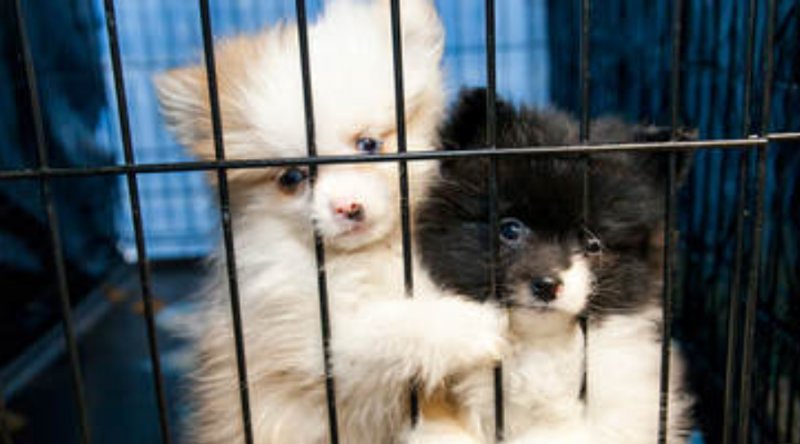Writers employ animal symbolism in literature as a tool to infuse their stories with richer significance. This technique involves using animals to represent abstract concepts or themes, adding depth and layers of meaning to their narratives. By incorporating animal symbols, authors are able to communicate complex ideas in a more engaging and relatable manner. This practice has been a prevalent and effective element in literary works throughout history, enhancing the storytelling experience for readers.
What Is Symbolism?
Symbolism, in the world of literature, is like a secret code that writers use. It involves using special things—like words, animals, places, and even ideas—to mean something more important than just their regular meaning. This adds a hidden layer of meaning to the story. You can see this in fairy tales, where authors use symbols to tell kids important lessons. For example, the Brothers Grimm, who wrote famous fairy tales, often used forests to mean something mysterious and dangerous at the same time.
This isn’t just in books. Artists, whether they’re making stories, paintings, or movies, also use symbolism. It’s like they’re sending a message without saying it directly. They might use symbols to give hints about what’s going to happen, to create a certain feeling, or to make people really pay attention to their work.
7 Common Animal Symbols in Literature
In stories, authors often give animals special meanings that might change from one book to another. But some animals have meanings that lots of people understand because of culture. When you read about these seven animals, they usually show specific ideas:
- Bears: Think about how strong bears are with their big size and power. They hibernate in winter and come back in spring, so they can mean new beginnings or coming back to life after a tough time.
- Doves: These graceful birds mean peace, love, hope, and being pure. They’re also important in religion, like in the Bible, where they’re seen as messengers from God.
- Foxes: In stories, foxes are clever and tricky. They can stand for being smart, sneaky, and sometimes causing trouble. Native Americans also see them as having sharp senses.
- Lions: Like kings of the jungle, lions stand for power, strength, courage, and looking grand. They’re often used in religious and big symbolic ways. In a book by C.S. Lewis, a lion named Aslan is like Jesus.
- Owls: Owls mean different things in different places. Some see them as wise, while in other cultures, they’re linked to death and a scary feeling. They hunt at night, which adds to their mystery.
- Ravens: In literature, ravens might be bad signs or represent deep thinking. They can mean death and destruction, but also being really smart. Sometimes, if a raven is like a person, it might share secrets from the spirit world.
- Vultures: You know how vultures circle in the sky, looking for dead animals? Because of that, they’re symbols of death and can show that something bad might happen to a character in a story.
3 Examples of Animal Symbolism in Literature
Animal symbolism has played a significant role in some of history’s most renowned literary works. Let’s take a look at a few examples:
- Animal Farm by George Orwell: In this story where animals take the lead, George Orwell cleverly uses symbolism to satirize the Russian Revolution and the rule of the Communist Party in the Soviet Union. The pigs in the story symbolize the leaders of the Bolshevik government, with specific pigs representing historical figures like Leon Trotsky and Joseph Stalin. Dogs are used to represent Stalin’s secret police, enforcing control through intimidation. The farm itself stands as a representation of human society, with different animals symbolizing various social classes and forces.
- “The Rime of the Ancient Mariner” by Samuel Taylor Coleridge: This poem narrates the tale of a sailor who encounters an albatross while at sea. The albatross, a symbol of good luck, is needlessly killed by the sailor, leading to a curse on the ship. The sailor carries the dead bird around his neck, burdened by guilt and symbolizing his remorse for his thoughtless actions. Only when he learns to appreciate the sea’s creatures does the burden lift, highlighting the idea of redemption.
- “The Raven” by Edgar Allan Poe: In this haunting poem, the raven takes on symbolic significance. As the narrator mourns the loss of his beloved Lenore, the raven’s arrival becomes a symbol of his grief and perpetual sorrow. The raven’s repetitive refrain of “nevermore” emphasizes the narrator’s inability to escape the pain of his loss, reflecting his emotional turmoil.
In these literary works, animal symbolism adds depth and layers of meaning, allowing readers to explore complex themes and emotions through relatable and recognizable animal representations.


